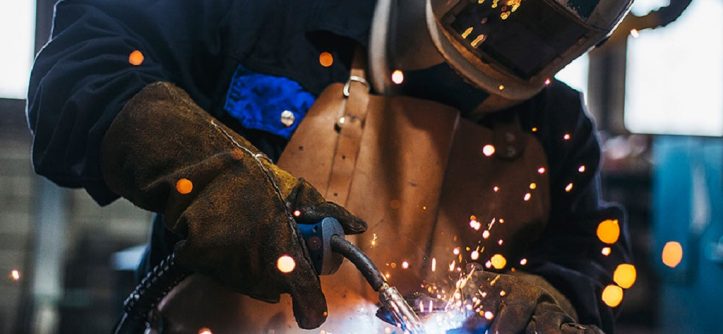When undertaking a welding activity, it’s imperative to ensure that the right safety measures are in place. As a welder, it’s the legal responsibility of your employer to make sure risk assessments in the workplace are conducted and that risks are monitored and controlled. Furthermore, employers must ensure that such assessments are conducted in person or that experts are hired to do the assessments. This article offers pertinent information on some of the practices and control measures that can be implemented in the workplace to safeguard the safety and well-being of workers.
- Utilize Engineering Controls
Welding guidelines strengthen enforcement of what is expected of an employer. For instance, guidelines on welding fumes protect workers during the execution of their duties. Employers must put in place the right engineering controls for all indoor welding as general ventilation is insufficient when it comes to minimizing the exposure of workers to fumes. Furthermore, in case engineering controls cannot sufficiently control exposure to fumes, suitable respiratory protective equipment must be availed, especially for workers welding outdoors.
- Follow Your Employer’s Guidelines
All employers have a legal obligation to ensure their employees are properly trained on how to conduct their duties. For that reason, employers must make sure that workers are well briefed on security matters. Any relevant information regarding the workshop equipment or activities conducted should be effectively communicated to workers and training should be offered where such is needed. This can include information on control measures and risk assessment applicable to the work environment.
- Utilize Personal Protective Equipment
An effective practice to secure the work environment is to wear appropriate personal protective equipment. While that is the case, the employer must make sure that workers have PPE at all times. Among the most important PPE for welders include respiratory protective equipment (RPE), welding helmets with side shields, fire-resistant clothing, hearing protection, safety boots, and gloves.
- Conduct Pre-welding Checks
Before you can use your welding set, make sure you conduct visual checks to ensure that everything is in order. This includes ascertaining whether the welding and current cables are in good condition and that all connectors are clean and correctly rated. Also, ensure the conductor is thick enough to safely carry the electric current. Guidelines on how these checks are to be done should be offered to you during your training, and the employer should always be willing to retrain workers on pre-welding safety.
- Collaborate With Health Surveillance Requirements
As a welder, you need to make sure you have regular health surveillance. Such surveillance is crucial to ensure that work-related illnesses are detected and treated early. It is your duty as the worker to cooperate with health surveillance requirements enforced in your workplace.
Final Word
Both the worker and employer must ensure safety is prioritized in the work environment. It can be dangerous for workers to work in a place where safety is not enforced. The above guidelines on safety at work can go a long way in ensuring the safety and well-being of workers are safeguarded.




